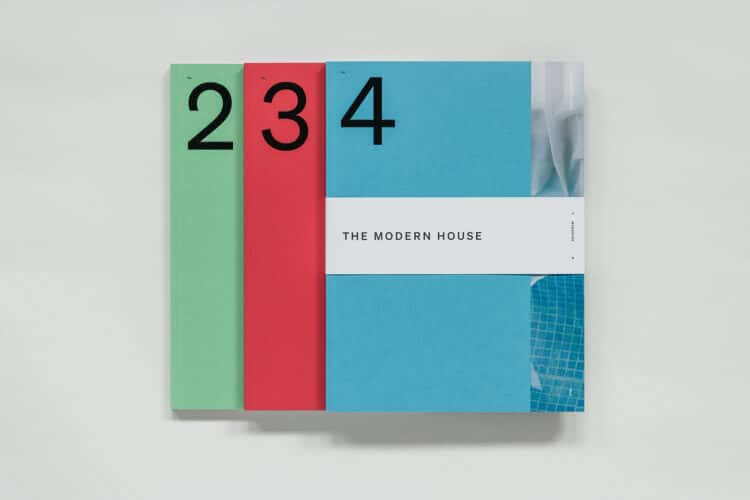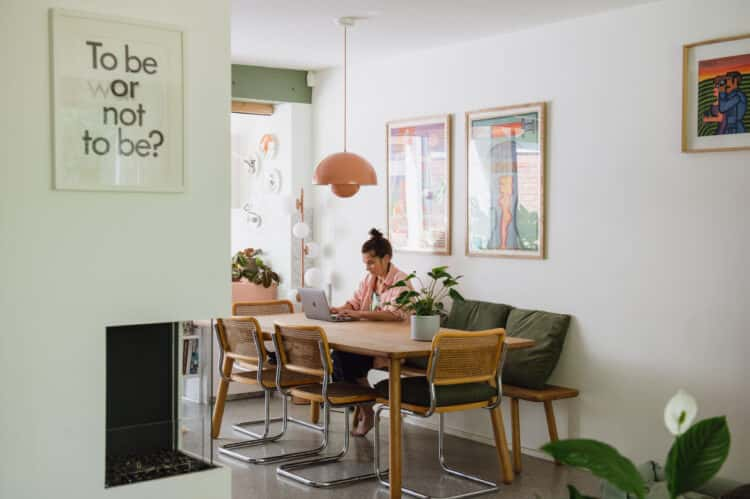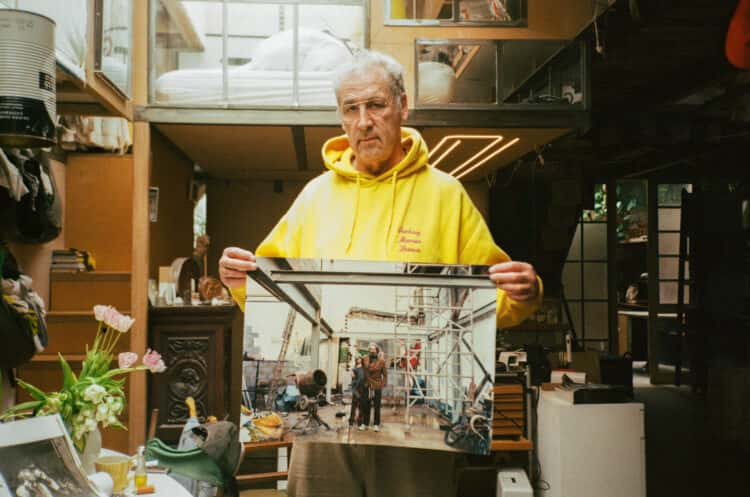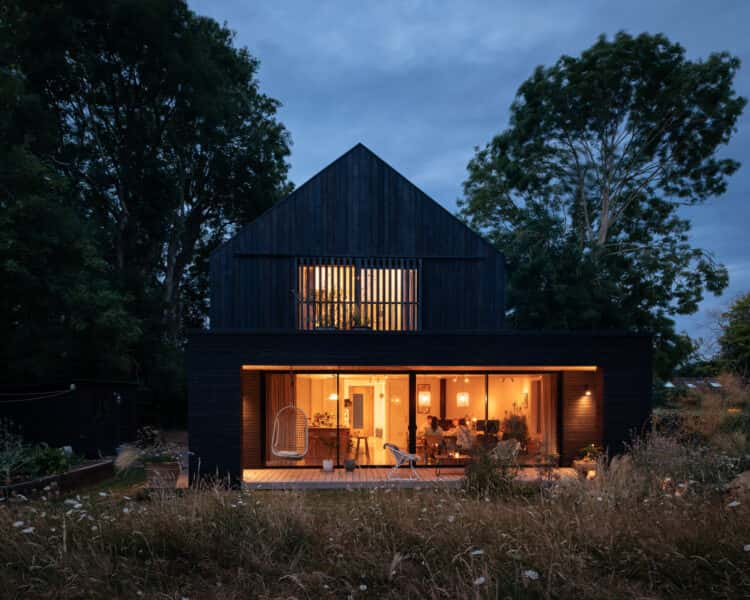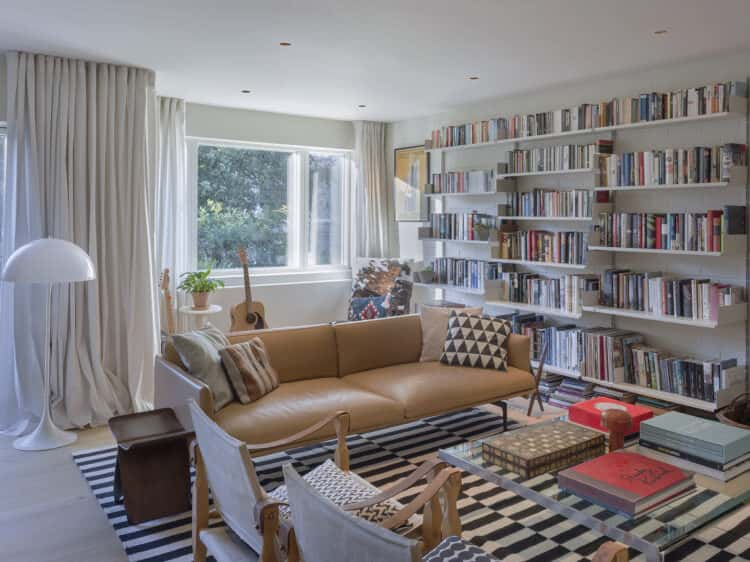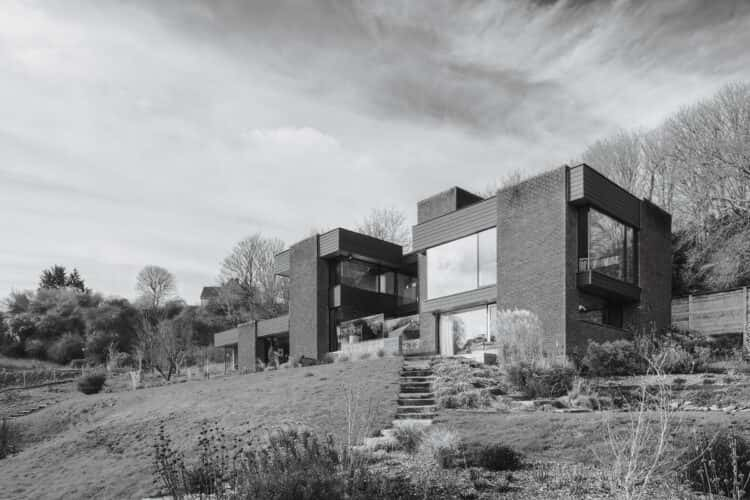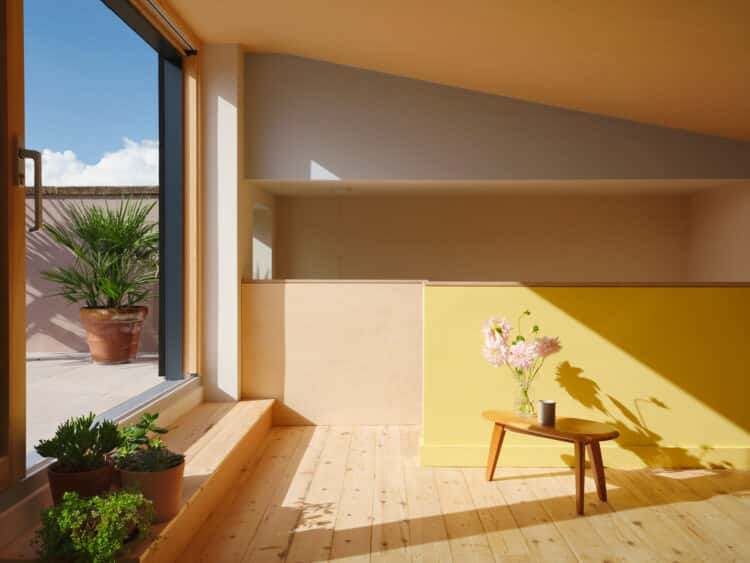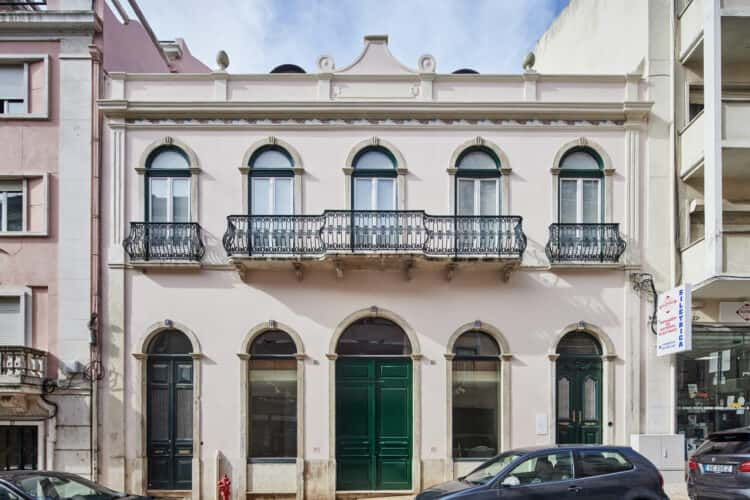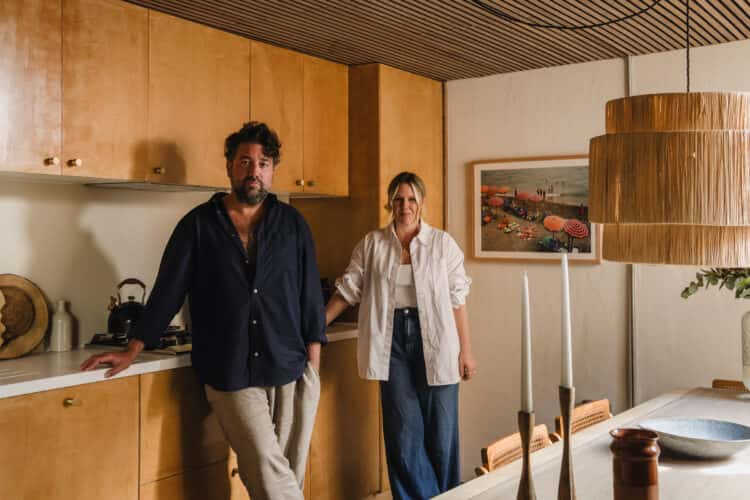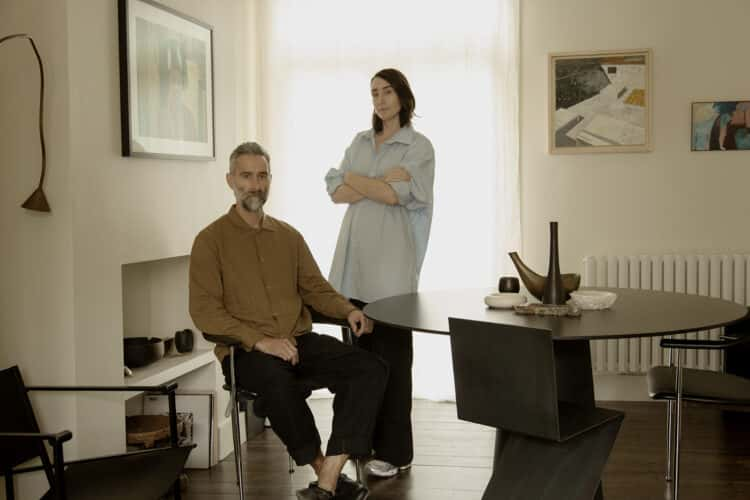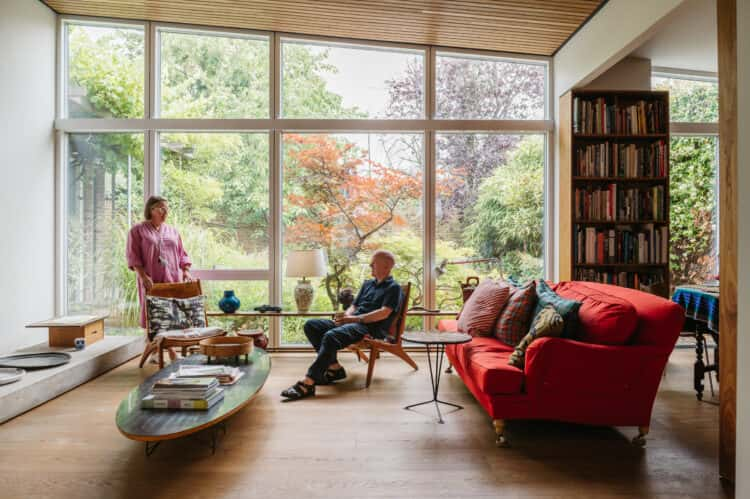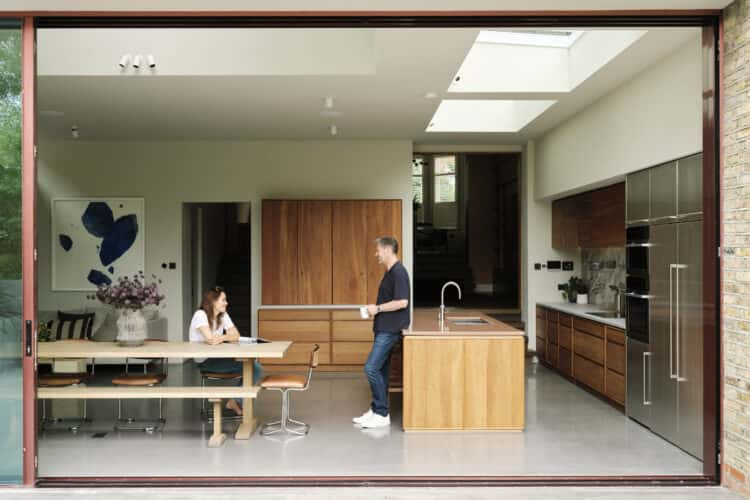The late Christoph Bon’s closest friends show us around the architect’s sun-drenched villa in the south of France
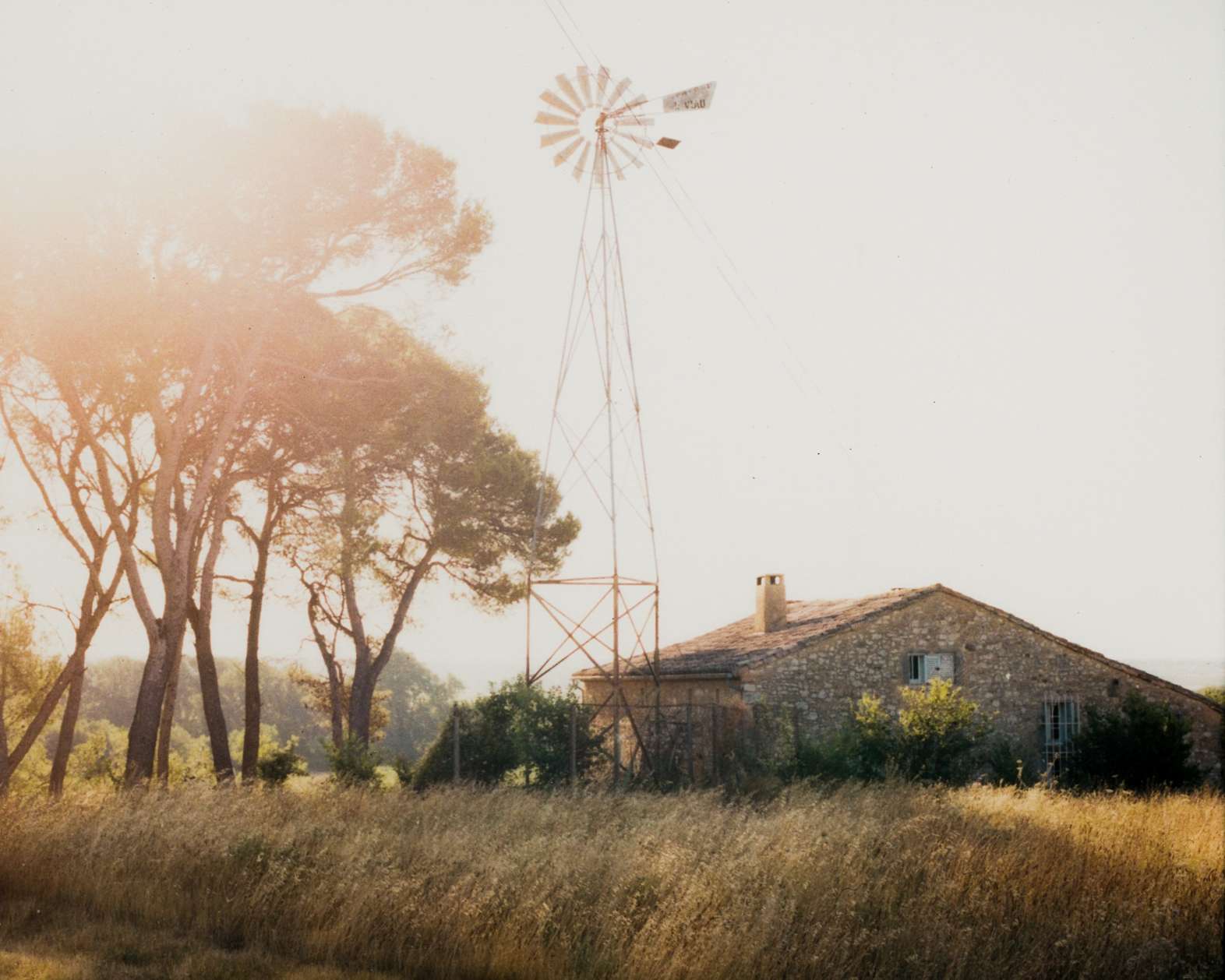
With June marking the arrival of summer, we couldn’t think of a better time to share this sun-soaked story, which we first featured in Issue No.3 of The Modern House Magazine. If you’re searching for even more inspiration for modern living, or some reading material for long days in the park or by the pool, pick up our magazine set, which includes our past three editions.
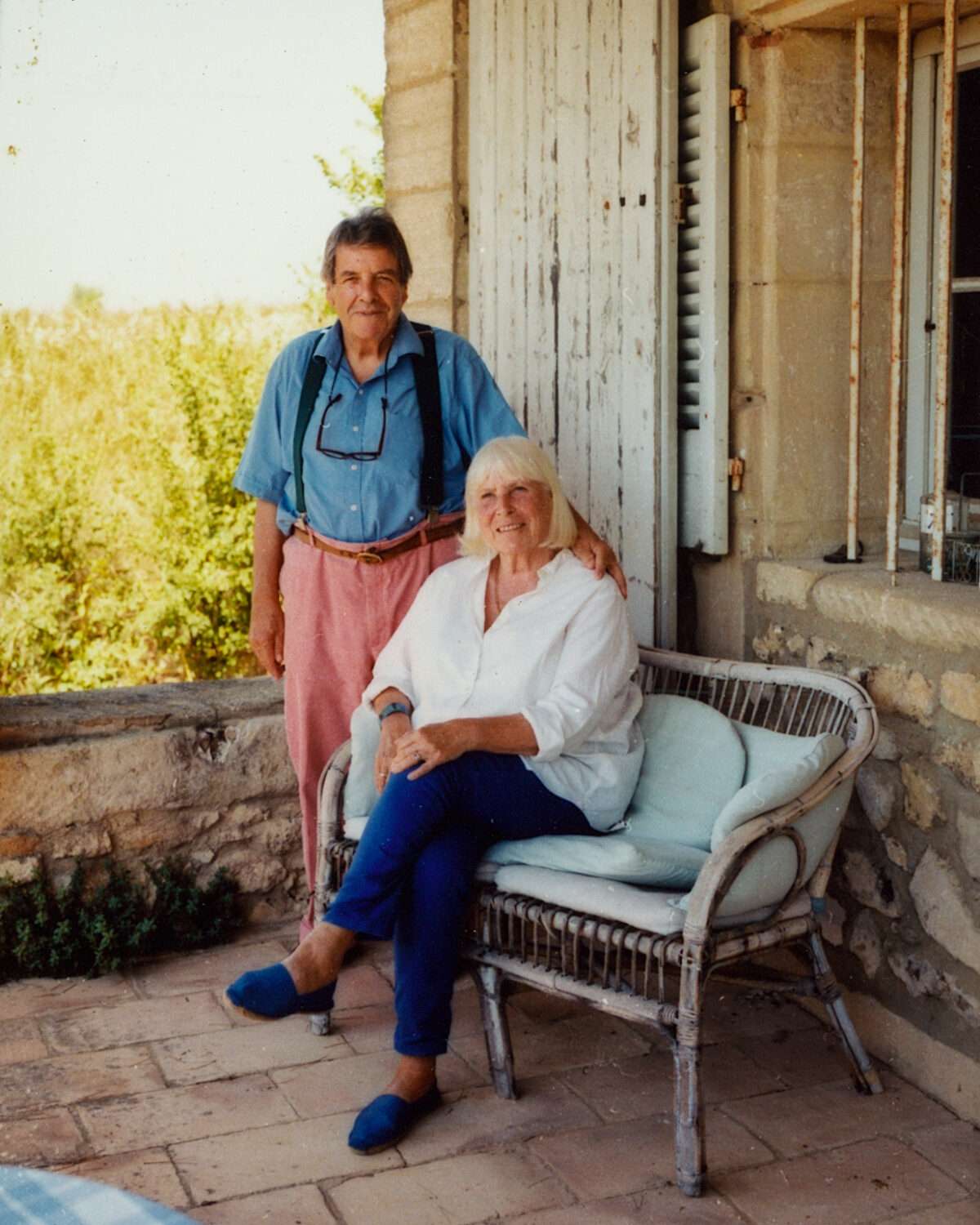
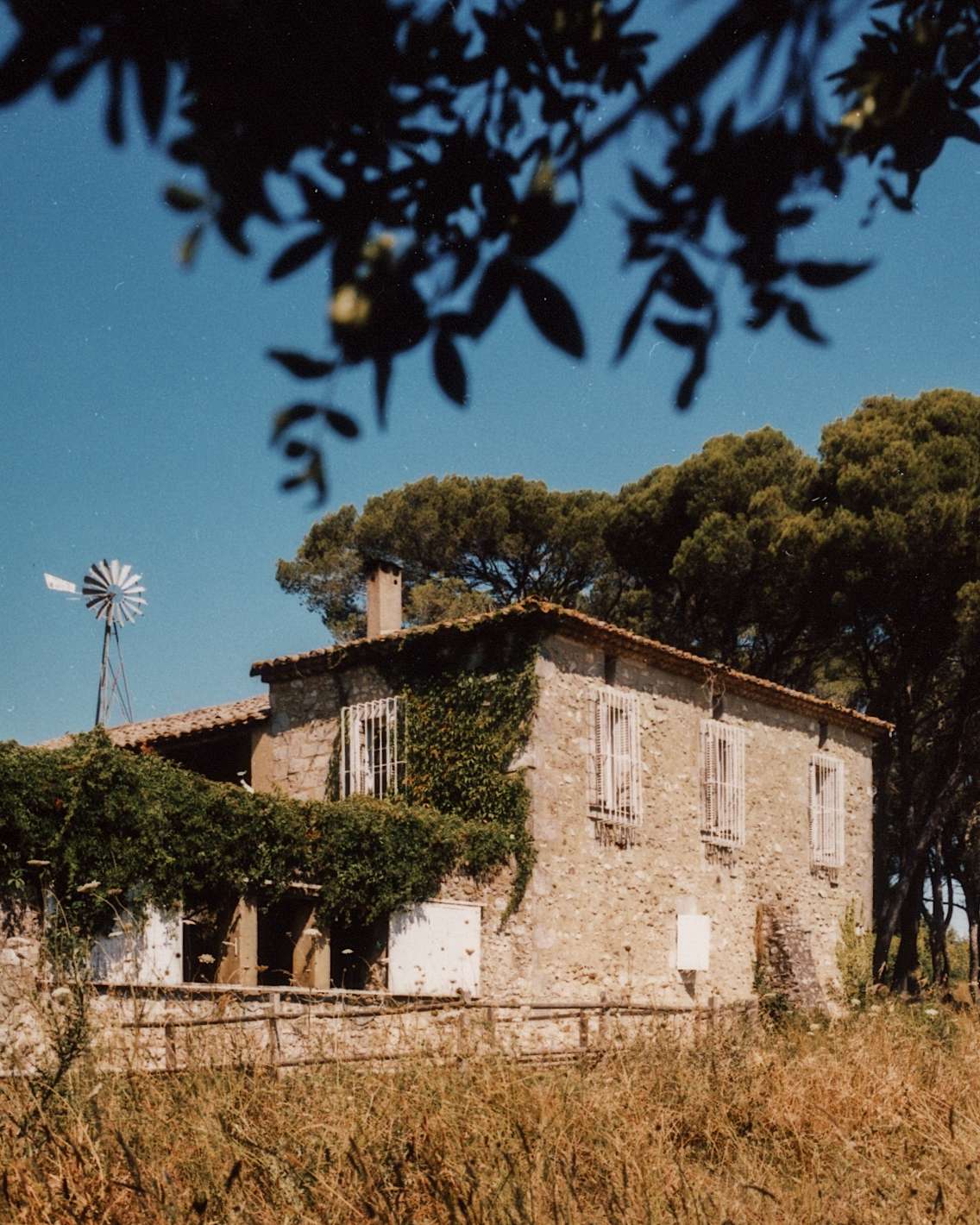
Jennifer: “It’s a lovely story. Christoph had bought and designed this house as a holiday home in 1968 and hosted gatherings here all the time. We first came to the house as guests of a mutual friend but eventually we got to know Christoph and his wife, Jean, very well. We started coming here as guests from that point on.
Stewart: “I remember coming up to the courtyard for the first time and seeing the arches, which are Roman. They left a real impression and still strike me to this day. The keystone of one of them says 1846, which is when farmers discovered the arches while ploughing to plant more vineyards. The farmers raised them and built their houses around them.
“If Christoph was ever asked, “What did the Romans do for us?” he’d say, “Just look at this house.” He used to point out that those arches were in the fields for nearly 2,000 years when the farmers found them. What he did was to put a 20th-century concrete interior into a 19th-century farmers’ house built on Roman arches.”
Jennifer: “The arch in the middle of the kitchen is Christoph’s arch that he built with Roman parts. He used to say that arches separate the men from the boys in architecture – you’re only a proper architect if you can build an arch. The kitchen always reminds us of Christoph, who was a great entertainer and a very particular cook.
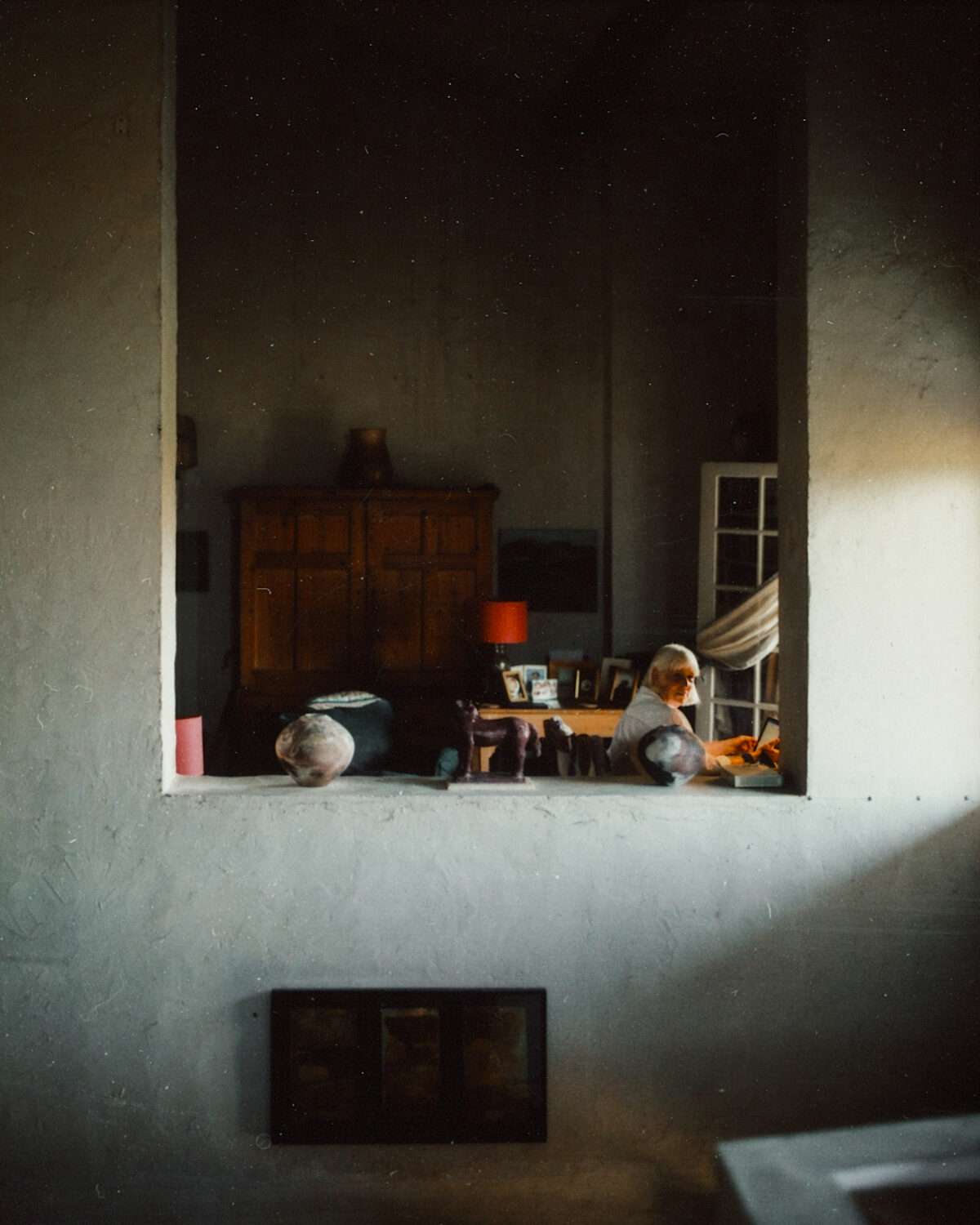
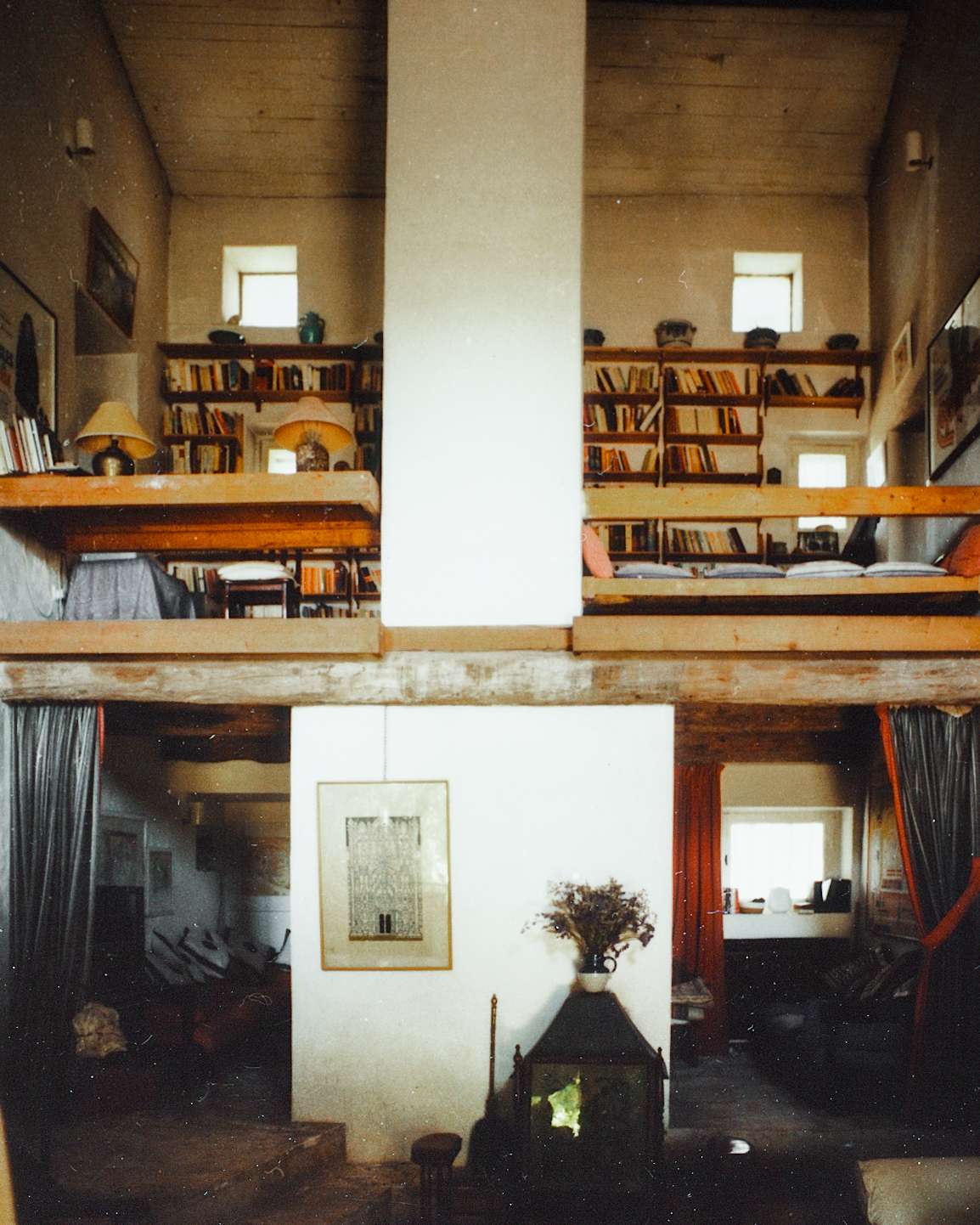
“He was a master of minute detail, both in his architectural practice and in everyday life. One time, when he was hosting a lunch party here, our poor friend used the wrong plate to serve a dish and it was a major disaster. When we had a lunch here to celebrate our
official takeover of the house, Christoph cooked and supervised our daughters’ table-laying. He couldn’t stand a napkin in the wrong place or in the wrong colour.
“He and Jean were great travellers. They had a spectacular house in London, where we also often went to stay when we were up from Dorset. But over time they were all sold, converted or demolished. This is the only place that continued to be their home.As he got older, he asked us if we wanted to take over the running of the house from him and Jean. It’s a complicated place because it’s self-sufficient, meaning we have a lot of work to do every day to keep it running. Things like charging the generator batteries, pumping
the water and burning logs in the winter.”
Stewart: “He warned, “Don’t just say yes straight away, because the house will take over your life. Give yourself a chance to think about it.” So of course we didn’t think about it and said, “Thank you, we’ll have it.” He was quite right, it’s not an easy house – but a lot of worthwhile things aren’t necessarily the easiest, are they?”
Jennifer “The house opens itself to people. The double-height living area is great for hosting and we’ve had some really memorable times there.”
Stewart: “It’s nice and cool in the summer so you can sit there and be comfortable, and in the winter we can fit an enormous Christmas tree. It’s a spectacular room.”
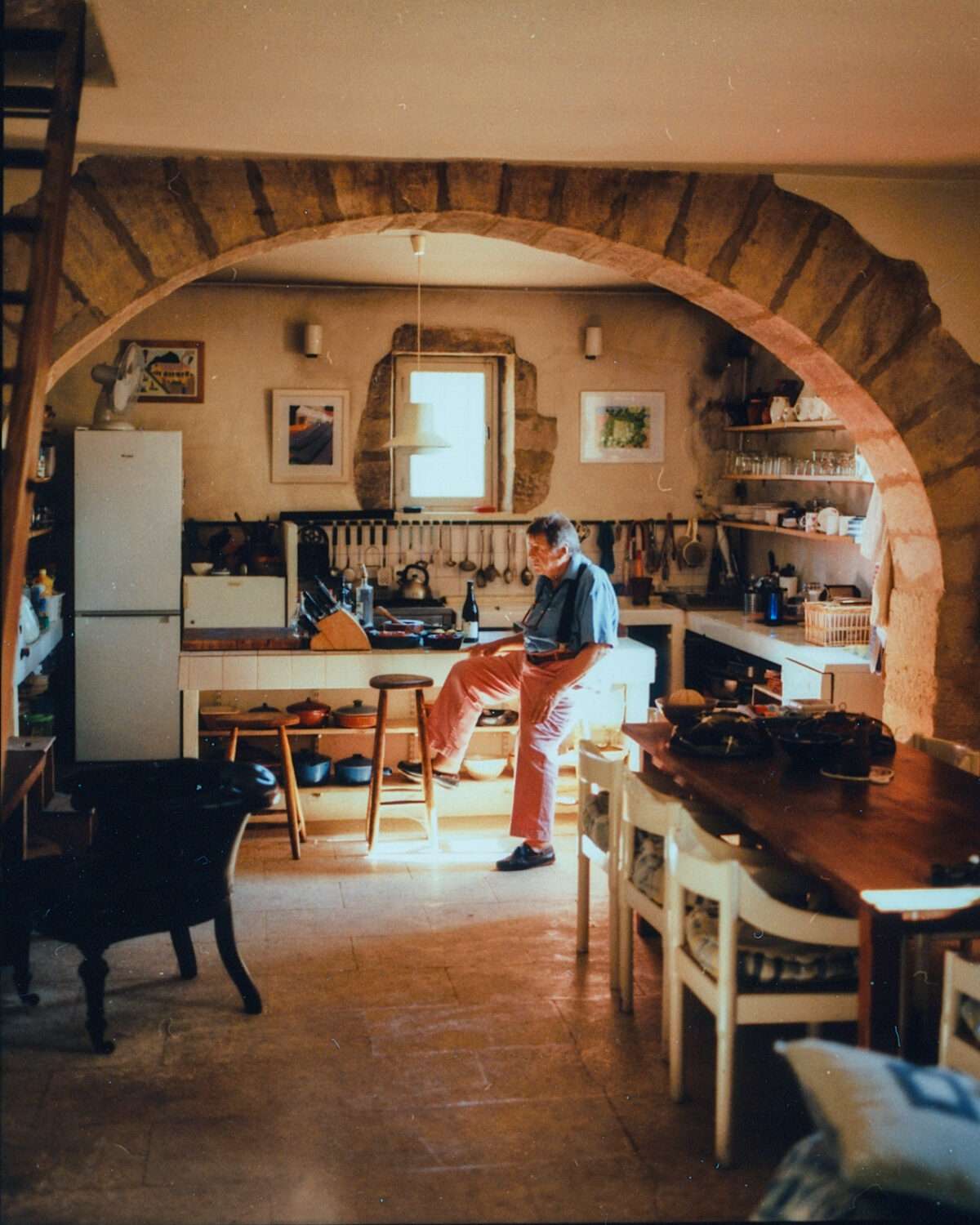
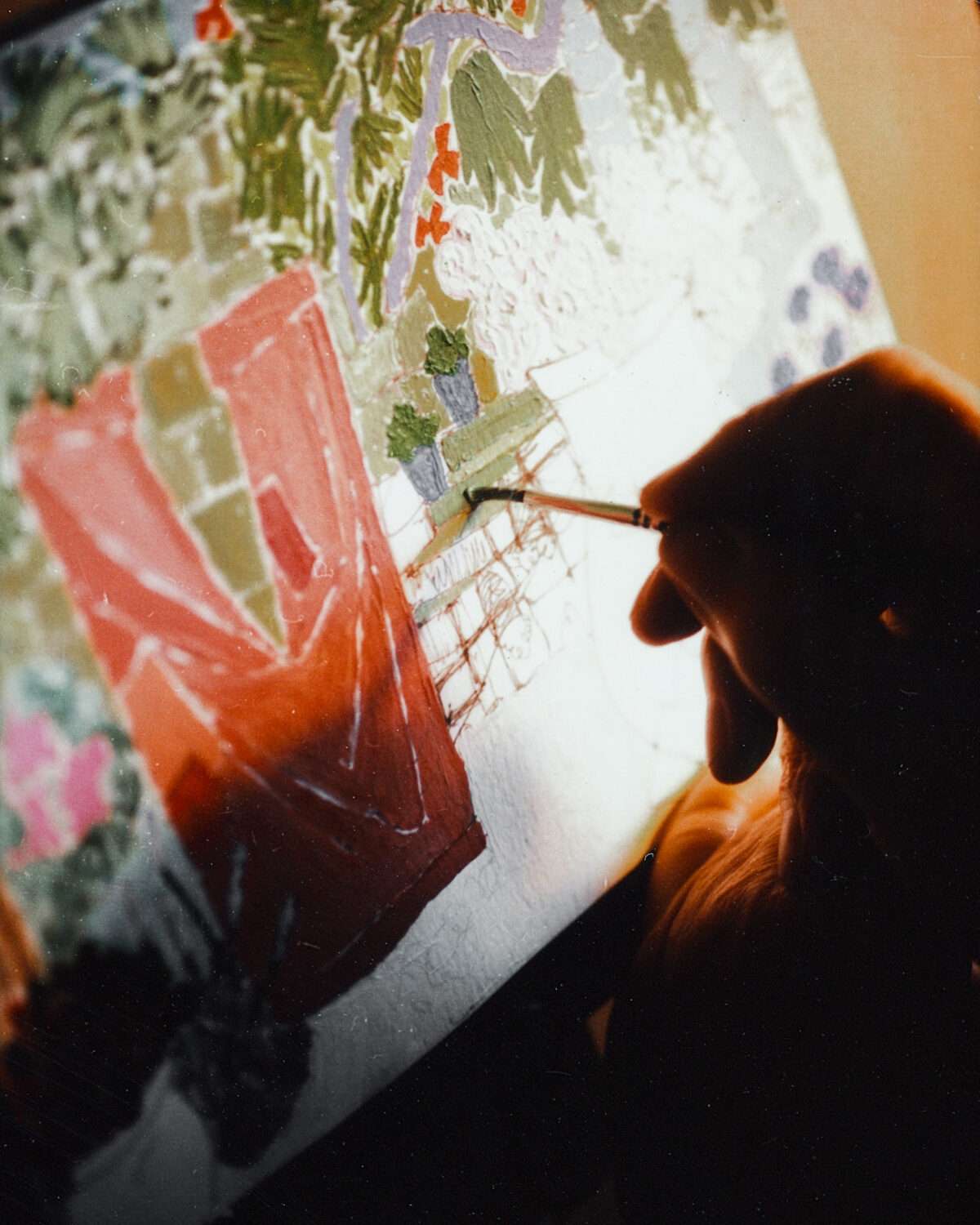
Jennifer: “We have lots of guests over and our children had big house parties here growing up. Three of our children had their wedding parties here too. Because of that, there are people all over the world from our generation and our children’s who have memories of the house.
“A while after we took over, Jean passed away. We had a farmhouse in Dorset with a garden, where Christoph scattered her ashes. Jean loved fabrics and I inherited a chest full of her materials that I’ve used over time to mend the furniture or make cushions and things for the home.
“She also had a wonderful collection of necklaces. Most of them were in London but all her blue ones were kept here. Christoph gave me the box of blue necklaces and said, “When you’re the lady of the house, you hang these up.” So they’re hanging in the bedroom now, where my daughters and I take turns wearing them.”
Stewart: “We also inherited all her tablecloths and napkins. Jen looks after them carefully but we still use them. Sometimes we would be doing simple things like laying the table and think, Christoph would have liked that.
Jennifer: “Christoph passed away a few years after Jean. The most important thing for all of us is keeping his vision and the essence of the house alive. They both wanted to pass the house on to someone who would use it the way they did. A house that welcomes and inspires people. Christoph wanted people to appreciate the countryside and
enjoy the light, especially artists. A lot of painters have been here, Julian Trevelyan, Mary Fedden and James Holland, to name a few.
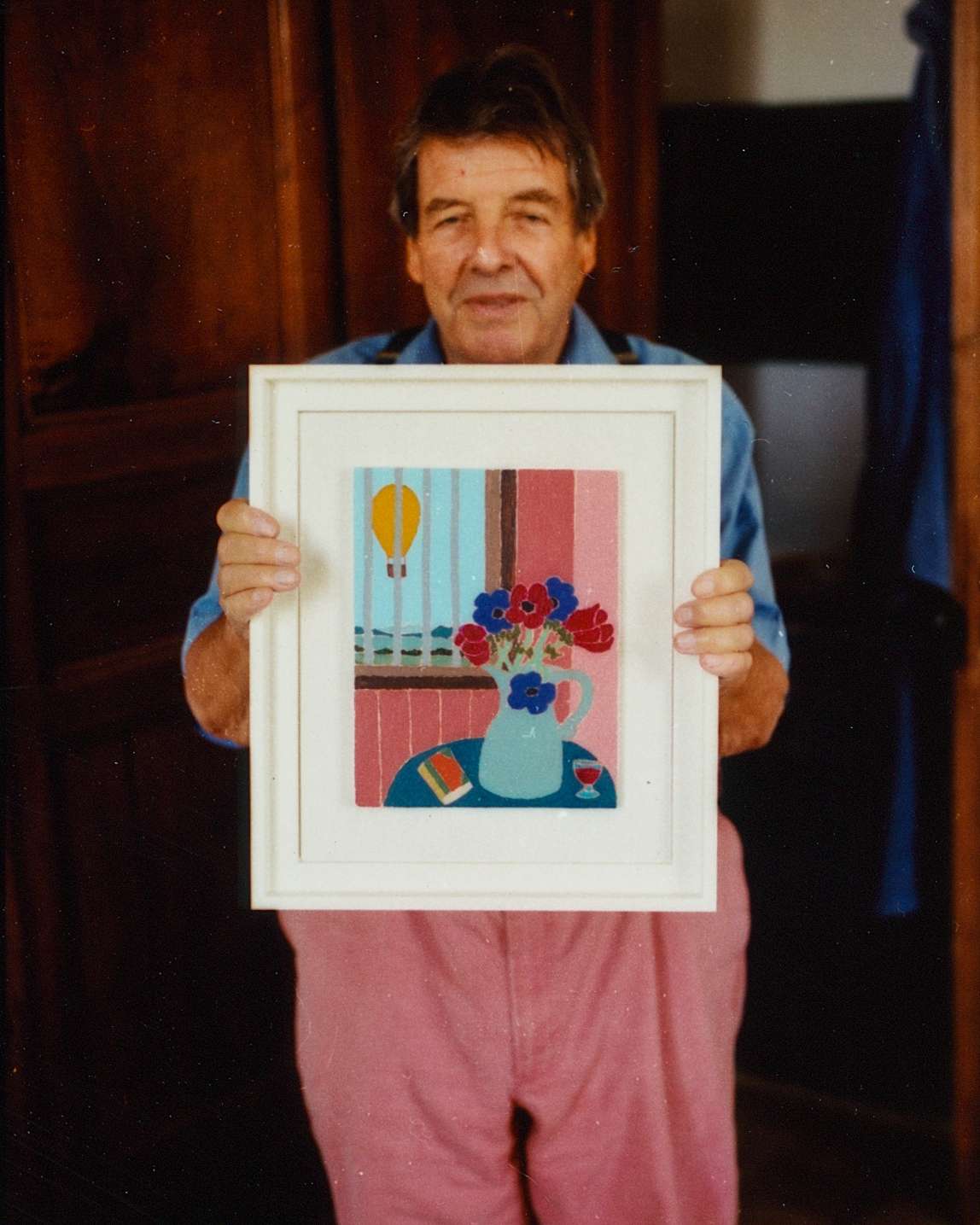
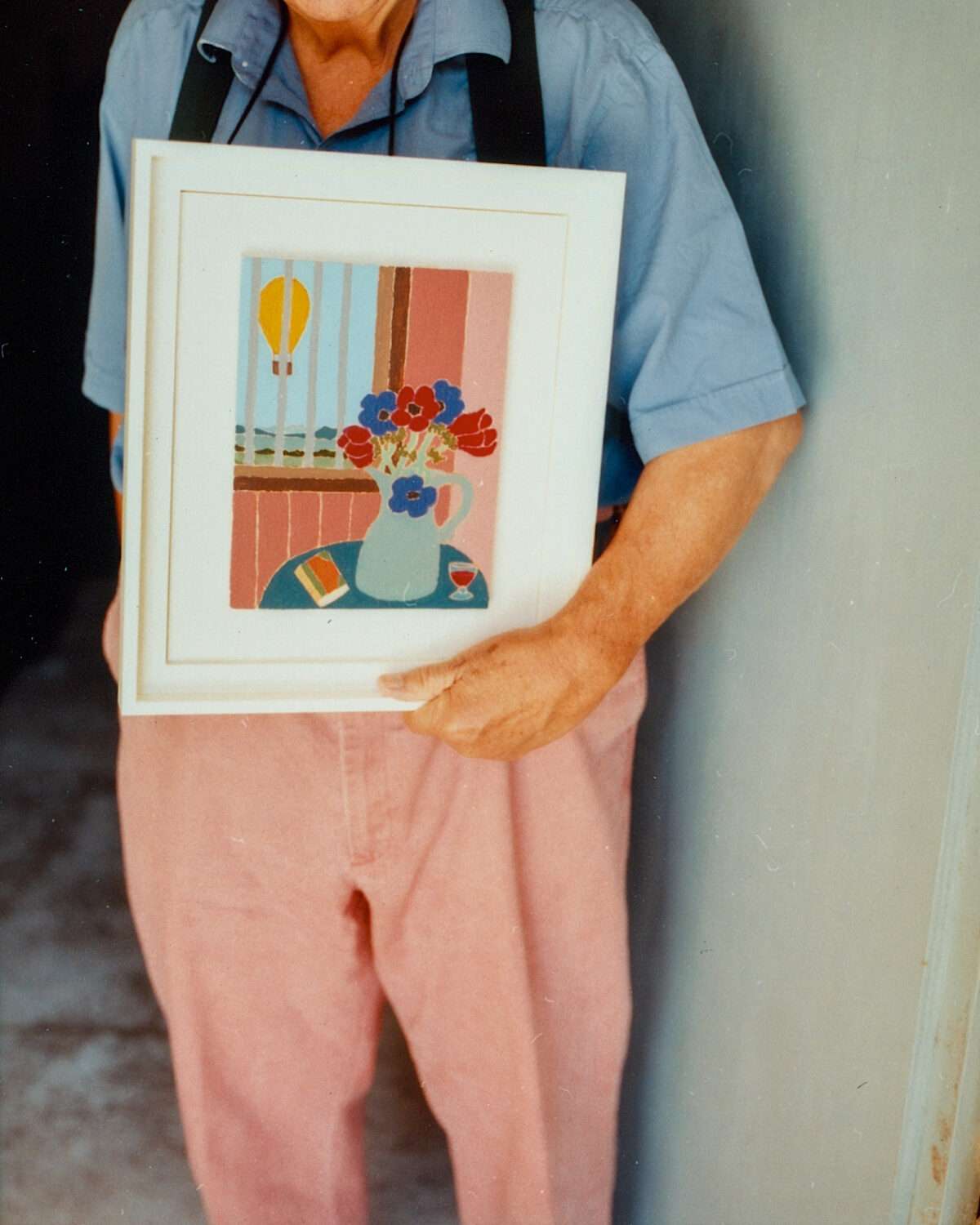
Stewart: “You don’t have to go very far to find things to paint. In our courtyard we have various plants and animals: lots of vines, orange trumpets, lizards and all sorts of birds. If you look out from the balcony, there are vineyards and then the fields in the distance, and often the blue mountains beyond that. I’ve started painting more since I moved here. I adopted the landing above the living area as my studio. There’s also a Roman pillar in the balcony that often features in my paintings.
“There’s something in every room that reminds us of Christoph. He put a ledge in every room, quite high up, where he displayed ceramics and pictures. We’ve brought our own things too but a lot of it is Christoph’s that we just rearranged. So we’re not only living
in his house but also in his collection.”
Jennifer: “Christoph was a big collector. We had always been interested in art but it was he who taught Stewart and me to have confidence in our own opinions and start collecting. He was a great teacher to our children too, showing them how to look at things in a different way and setting them on a creative path.
“Christoph changed the direction of our lives and our children’s lives, and much for the better. He and Jean never had children but they developed a really close relationship with ours. He was a grandfather to them and was extremely generous. I think Christoph would be pleased to know that our two younger daughters will take over the house after us.”
Stewart: “It’s wonderful living in a house by someone we all loved very much. This is a sort of monument to him.”
